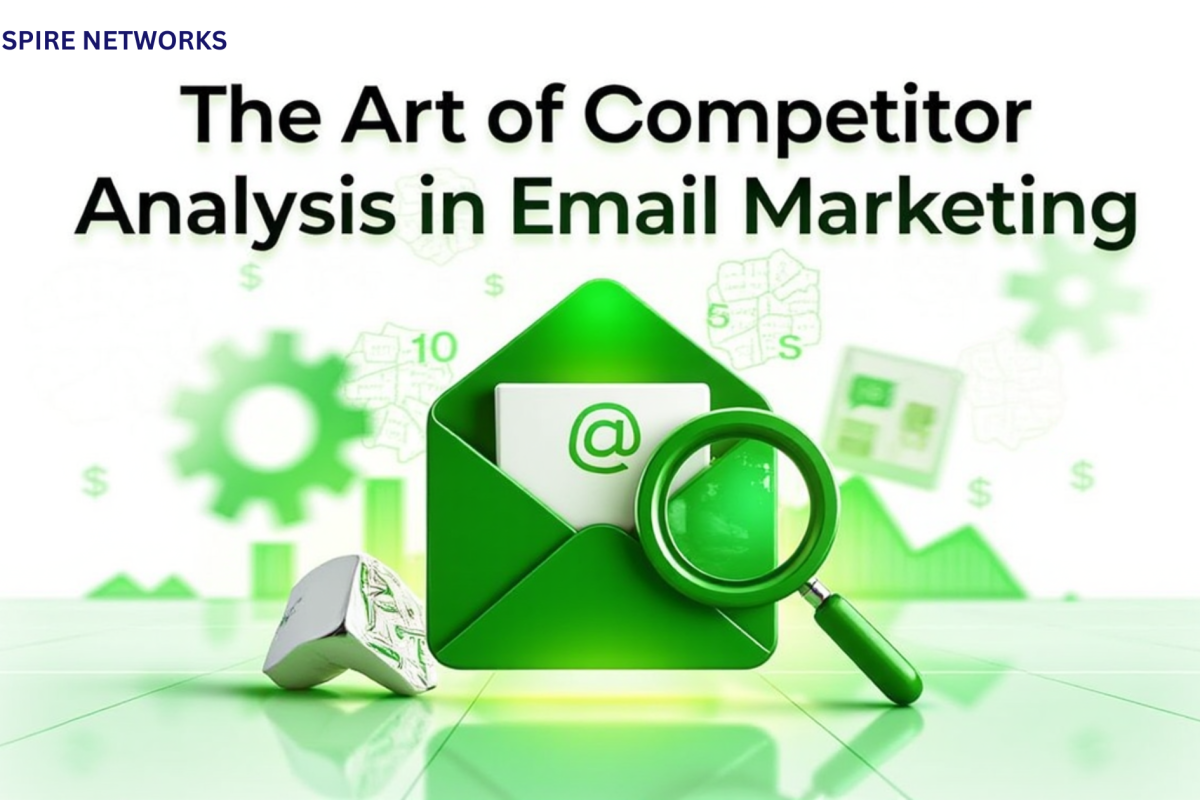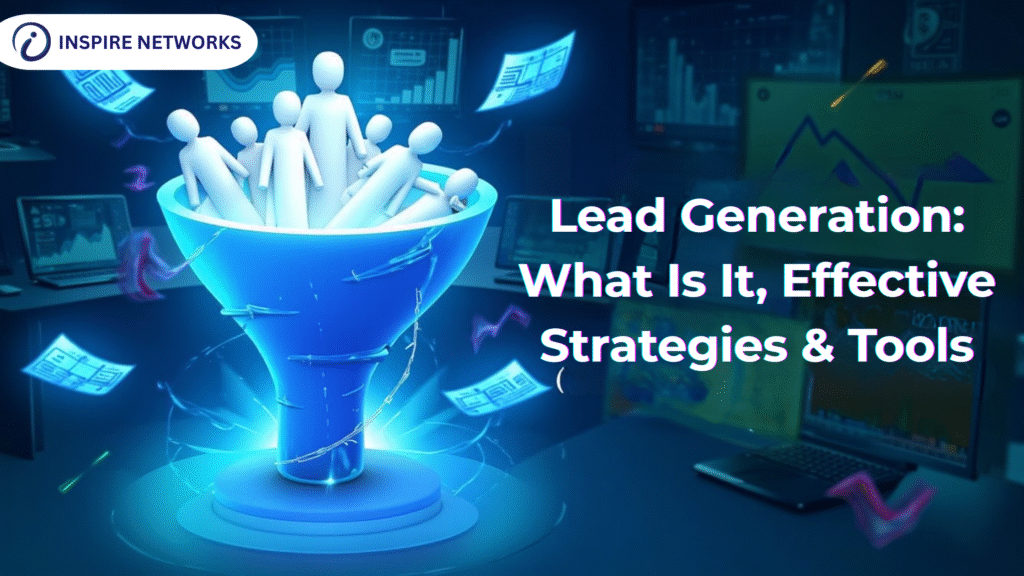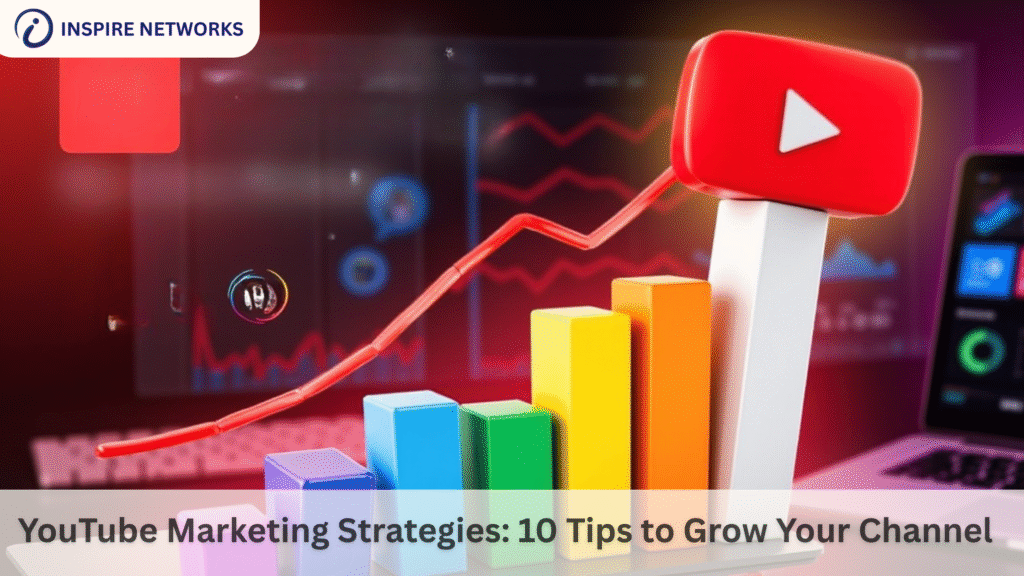Introduction
Despite the constant flux of digital marketing, email has won the heart of customers and is still the best way to engage your customers, build a relationship with them, and sell. But just emailing isn’t enough for the win here. With inboxes full and attention spans short, marketers have to be savvier and more strategic. Competitor analysis is the single most potent marketing tool at your disposal, as it’s the art of studying how other companies in your niche operate, and running with it.
Competitor analysis in email marketing isn’t about copying your competition—it’s about getting a feel for the lay of the land, discovering gaps, noticing trends, and figuring out how to stand out from the crowd. You can then tune your own email marketing campaigns to better connect with your lists by studying what your competition is doing right or wrong.
The Importance of Competitor Analysis in Email Marketing
All brands would love to pen emails that are opened, read and clicked. But without background, you could be shooting emails into the void. Competitor analysis gives you that critical context. It gives you the ability to test and optimze your REACH – how well others can find you, or how you can find others.
Here are a few reasons why you should compete by email: Also Read: What is Competitive Analysis?
Stay Relevance: There are things happening that might interest the others in your niche, and don’t let your content becoming out of date.
Identify gaps: Figure out what your competitors are lacking and take advantage of that.
Increase Engagement: Gain insight into what type of content and design you can create for better engagement of emails.
Experiment with New Ideas: Observe what others are testing, and let that be inspiration for what to A/B test.
Benchmark Metrics: Understand where your open rates, click rates and conversions are in comparison to your competition.
How to Find Your Email Marketing Competitors
Before we dig into the data, you’ll need to match competitors in the email space who are relevant to you. This may not necessarily be identical to your overall business competitors.
There are two main types:
Direct Competitors: Those business that are directly competing with yours because they are offering a similar product or service to your customers.
Indirect Competitors: They might not sell similar items, but they still compete with you for your ideal customer’s inbox.
When found, sign up to their newsletter, promo emails, onboarding series and any other emails you receive as a customer in a dedicated inbox so that you can keep an eye on them as a group.
Key Elements to Look for in Competitor Emails
In order to create competitor analysis through emails and successfully use them, you have to dissect their emails into parts. Here’s what to look for:
1. Subject Lines and Preheaders
- Are they deploying emojis or power words?
- What is the tone, casual, formal, or whimsical?
- What are the lengths of their subject lines?
- What do they make you feel or wonder about?
2. Frequency and Timing
- Their email frequency—daily, weekly, monthly?
- Are they sending emails at certain times e.g. mornings, weekends.
- Can you trace any schedules for the advertisements or newsletter?
3. Design and Layout
- Do they prefer text-rich or visually engaging emails?
- Do they employ single-column or multi-column formats?
- Are themobile the designs mobile optimized?
- What’s the consistency with the branding (colours, logos, styling)?
4. Content Strategy
- What sort of emails do they send? (Newsletters, promos, announcements, abandoned carts, onboarding?)
- Is there any specific type of content that stands out (informative, marketing, narrative)?
- Where are the CTAs (call to actions) located and how are they worded?
5. Individualization and Differentiation
- Is the email personalised by the recipient’s name or behaviour?
- Can you tell if they are segmenting (e.g., offering different promos to different groups)?
- How specific are the product recommendations?
6. Automation and Triggers
- Any triggered series such as welcome flows, cart recovery, or re-engagement?
- To which speed do these triggers send emails after a certain action?
Testing and analyzing competitor emails with these tools
Although you should do manual monitoring, there are many tools that can make your competitor email tracking easier and more effective:
Mailcharts: A collection of email campaigns from different industries.
Owletter: Automatically gathers and analyzes emails of the competition.
Milled: A searchable email database that displays emails from countless brands.
Really Good Emails: Provides inspiration with examples of well-performing emails.
These tools can help you gain insights without having to subscribe to every email manually and allow you to track trends over time.
How to Apply Market Intelligence to Your Advantage as an Amazon Seller
When you have numbers from your competitor research, it’s time to do something with them. Here’s how best to use it:
1. Differentiate Your Content
Instead of trying to copy what the competition is doing, try to find the unique. If everyone else is sending text-heavy newsletters, maybe a visual-heavy or interactive format can help you compete.
2. Fill the Gaps
If you’re struggling with your competitors aren’t using segmentation or cart abandonment emails, these are untapped areas you can improve to get ahead.
3. Fine-Tune Your Subject Lines
If the competition is getting high engagement on a particular approach to subject lines test similar tones or formats, and see what happens to your numbers.
4. Maximize Send Timing and Cadence
See if you can experiment with the send time and use the timing knowledge that you accumulate. Being a few hours ahead of (or behind) your competitors can, after all, sometimes be the difference between winning a contract and losing it.
5. Revamp Your Design
If sleek, responsive design with heavy CTAs is being used by competitors, think of how your design compares. Even subtle differences in border and background color when the page is loaded can result in a rather noticeable uplift in click-through rates.
Common Mistakes to Avoid
Although competitor analysis is strong, but can have negative impacts if executed incorrectly. Here is what to avoid:
Blind Imitation : What’s good for others ain’t necessarily good for your brand / audience.
Overanalysis: Don’t let too much data immobilize you. Use insights selectively.
Failing to Listen to Your Audience: Don’t put more emphasis on your competitors’ tactics than on your subscribers’ tastes and actions.
Ignoring Your Brand Voice: Stay consistent to your brand voice and values when altering strategy.
Conclusion
Balancing observation, insight, and action Too much scrutiny of the competition can be harmful and impede your effectiveness as a computer marketer. It’s not about stealing — it is about discovering what works, avoiding what doesn’t and uncovering new paths to innovate. Once you know what your competitors are doing well, as well as where they are falling short, you’ll be able to develop a more powerful, more unique email marketing strategy that REALLY connects with your audience.
Among a cluttered inbox, it’s the brands that set themselves apart by not only email but by specifically sending better emails. And you can do it all the better if you learn how to do a competitor analysis like a real pro.








